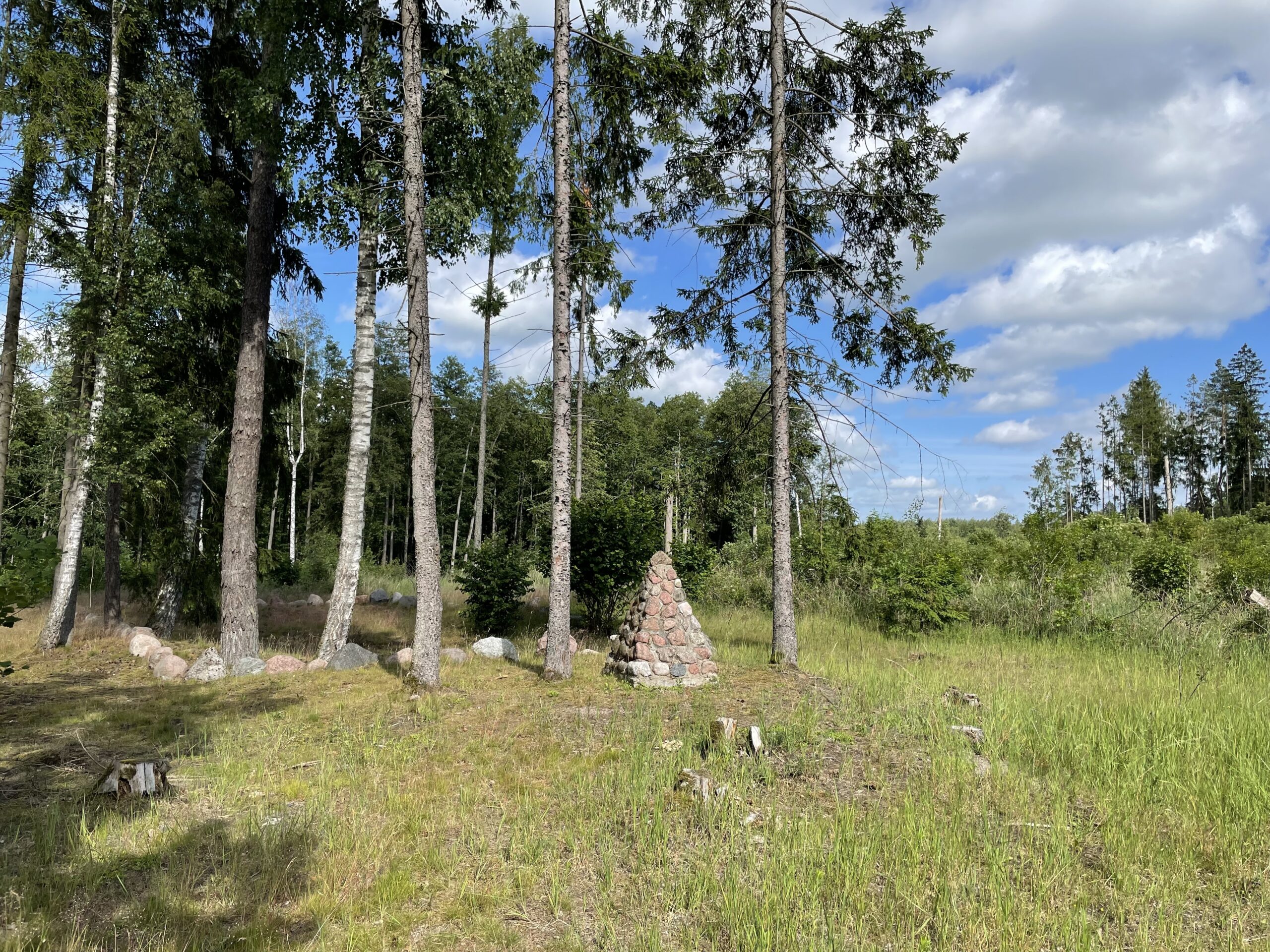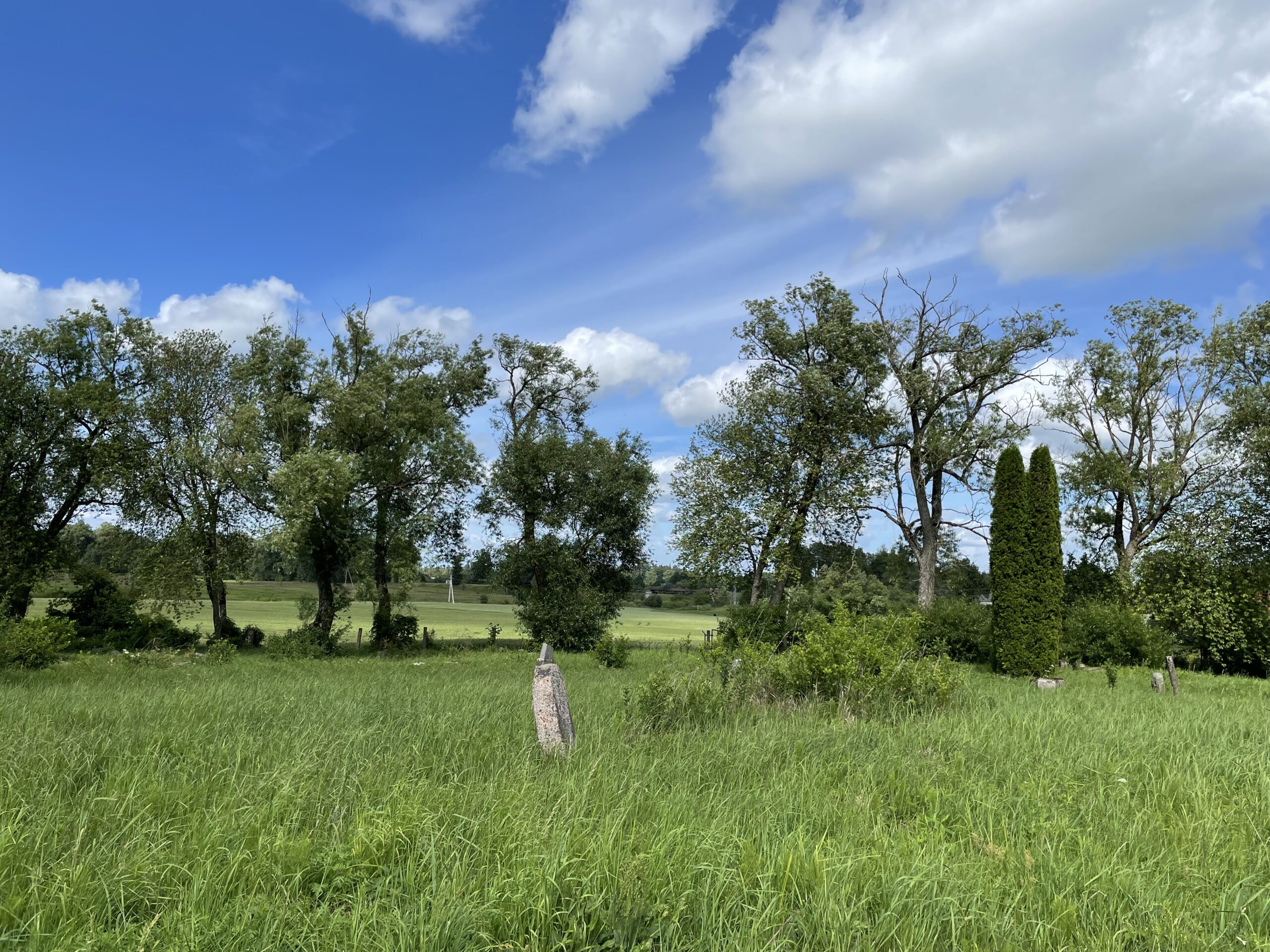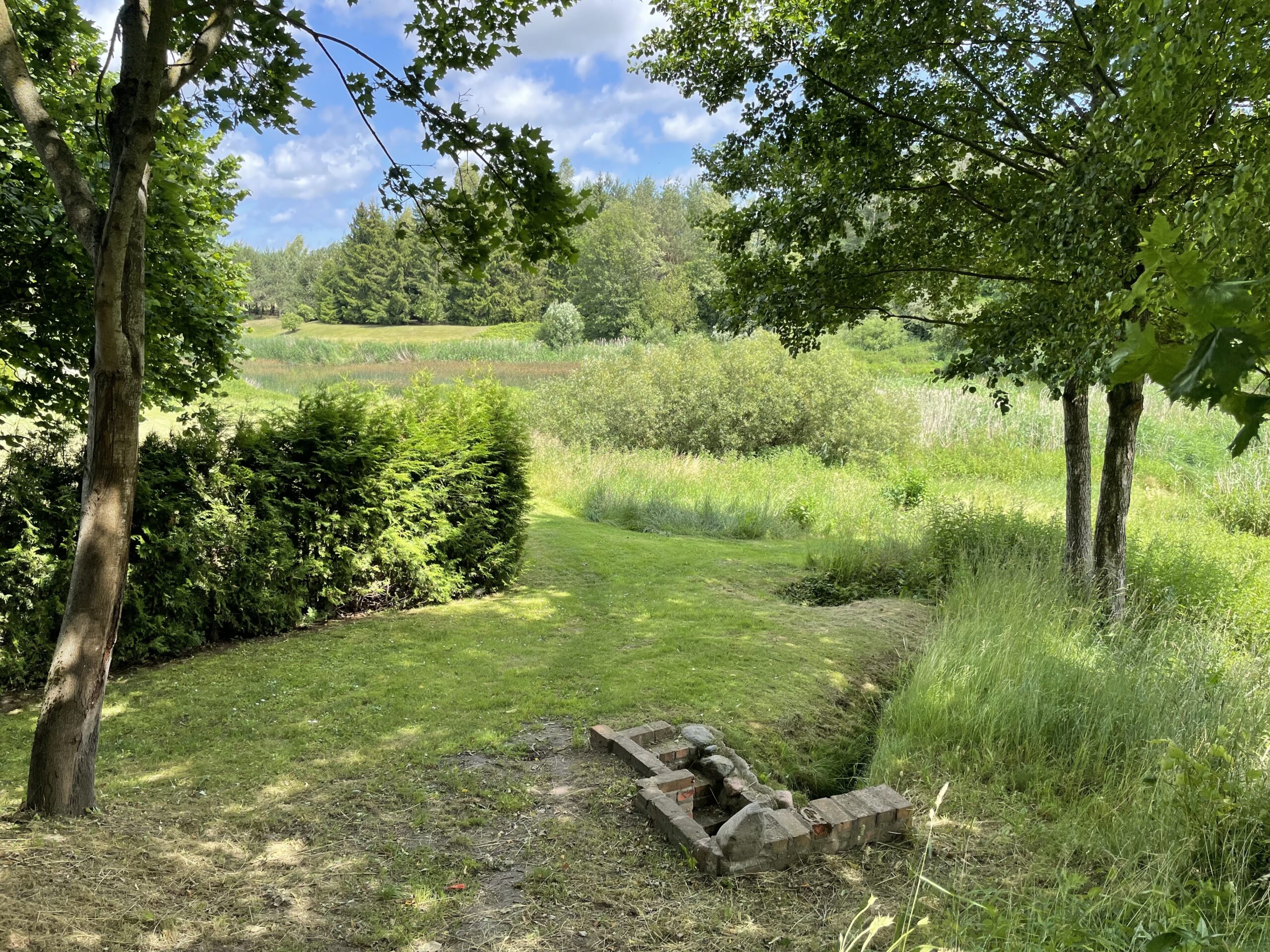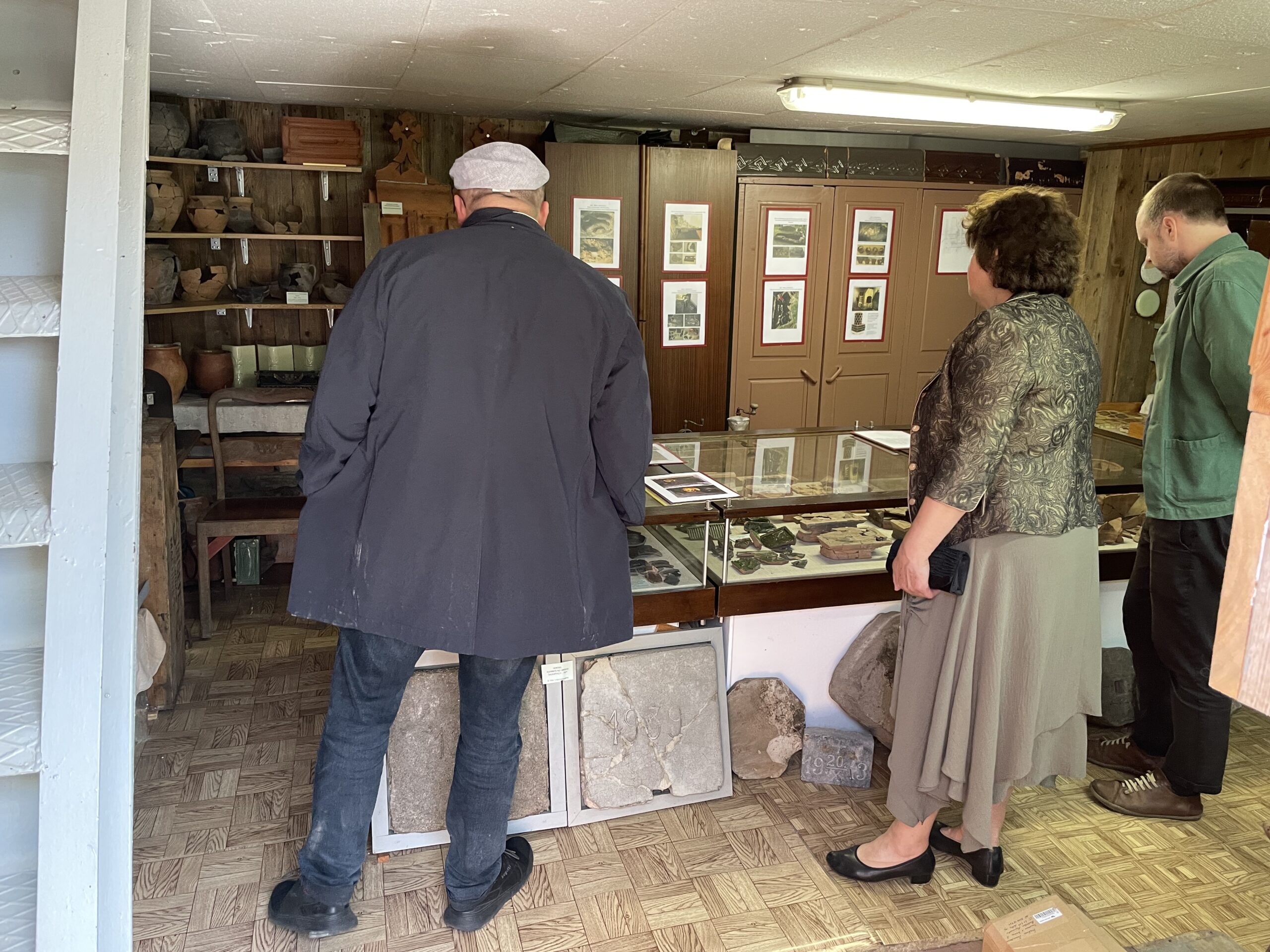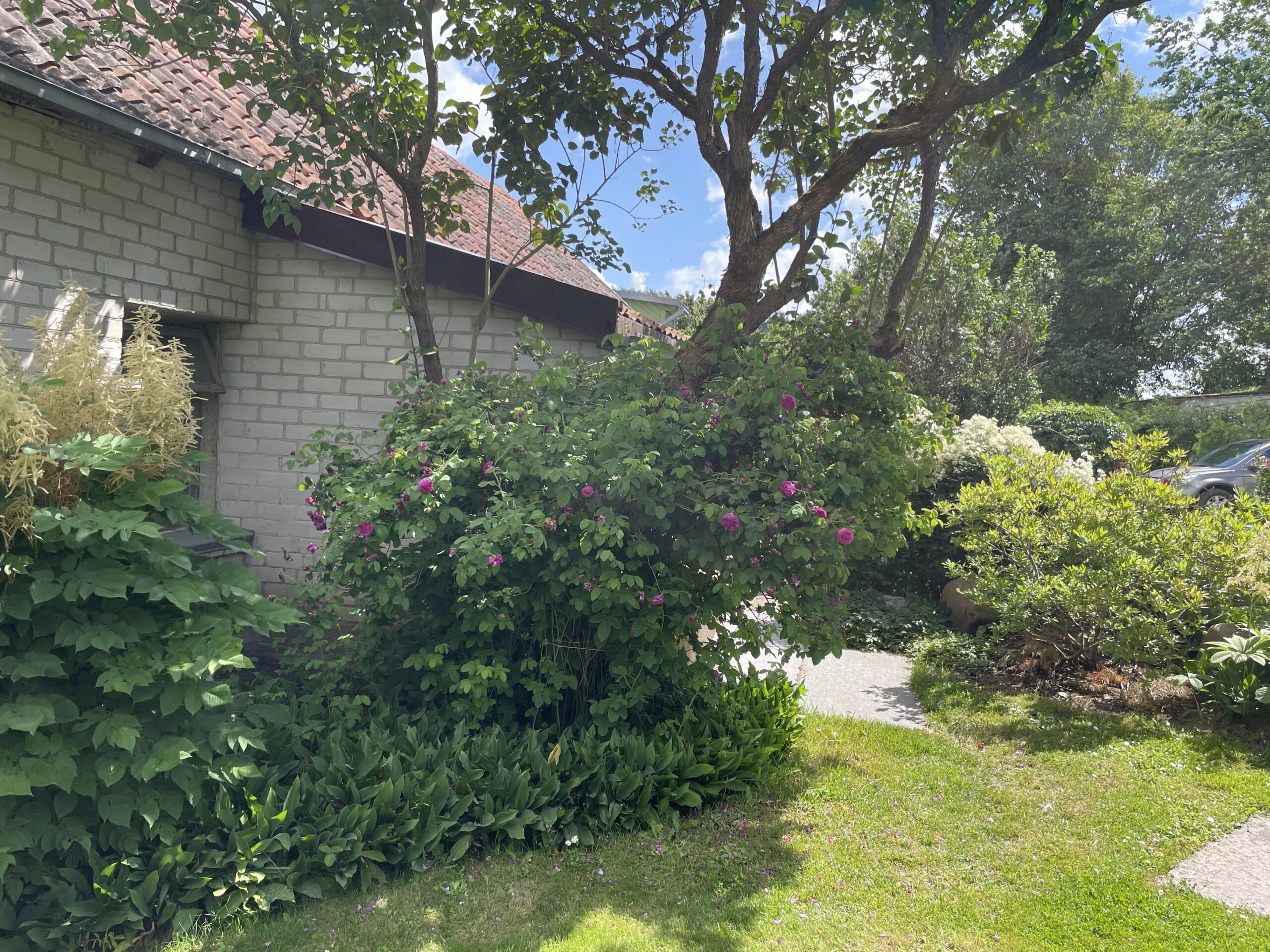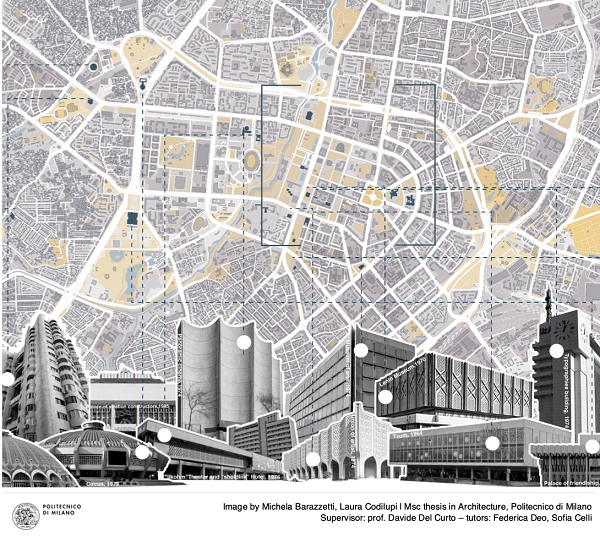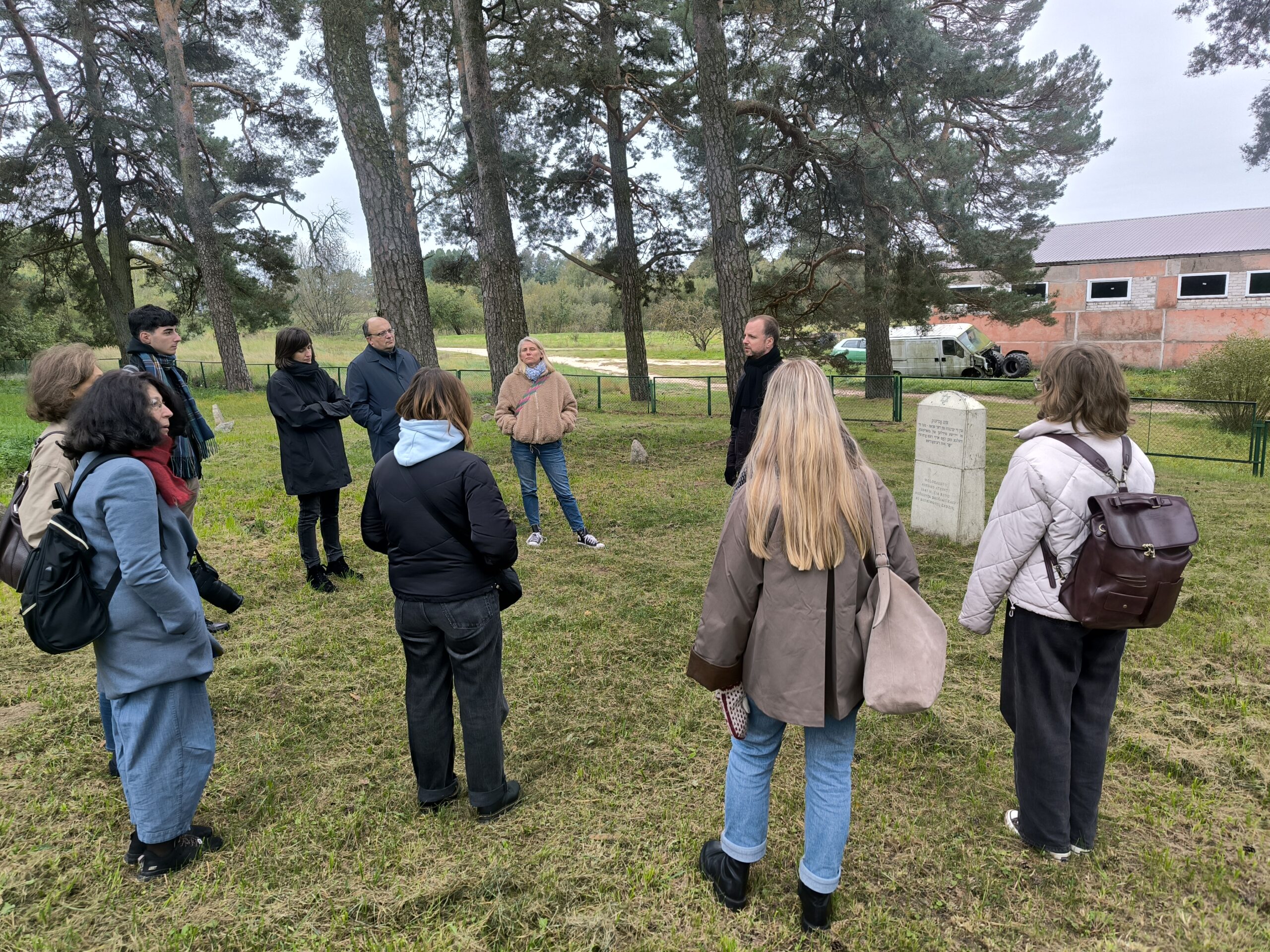At the end of July, historians Nerijus Šepetys, Tomas Vaiseta, Rugilė Rožėnė, and Agnė Kereišiūtė spent time in Kudirkos Naumiestis (Nayshtot Shaki) – a town located at the confluence of the Širvinta and Šešupė rivers, on the border with what is now the Kaliningrad region.
Before World War II, around 800 Jews lived here. Only a small number survived the Holocaust.
While much attention focuses on the Holocaust itself, the post-Holocaust landscape remains underexplored. This landscape is complex — encompassing sites of remembrance and the stories they carry, but also physical spaces shaped by wartime loss and Soviet-era transformations.
We encountered challenging questions about how memory is preserved, how urban spaces are used, and the difficulties of interpreting a landscape deeply marked by history yet still alive today.
